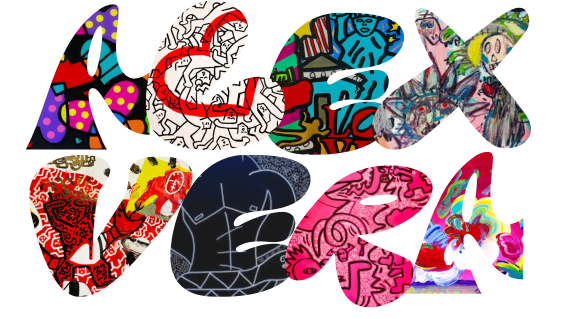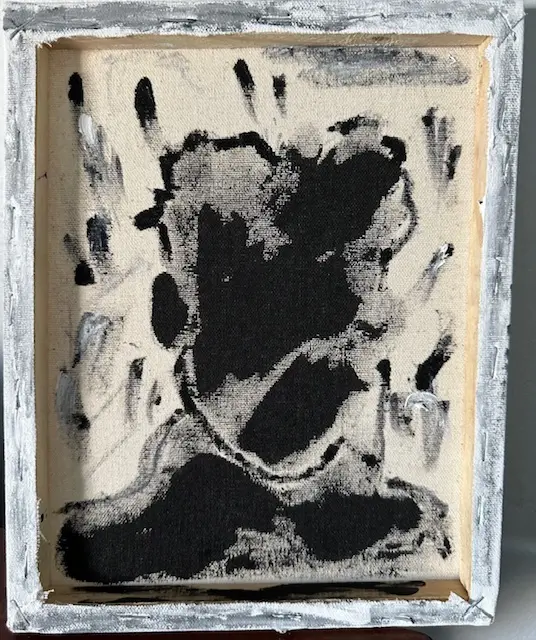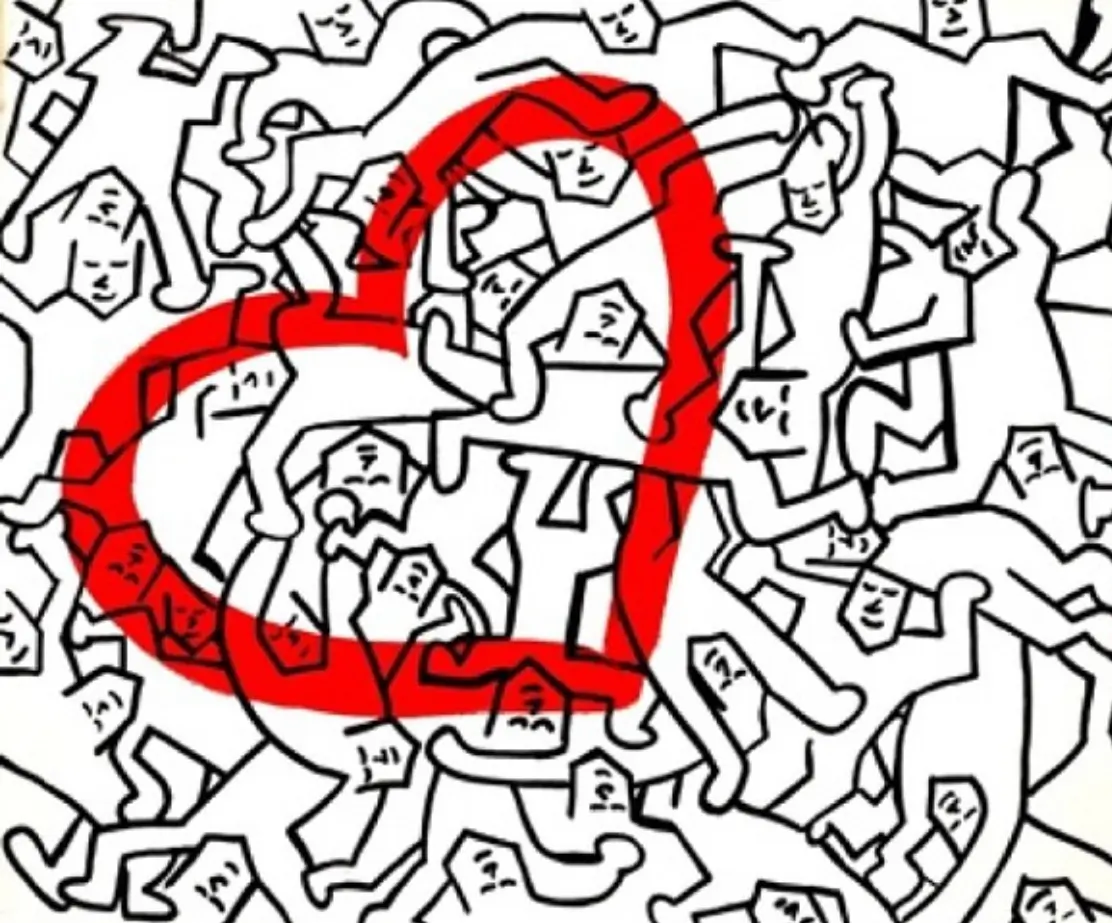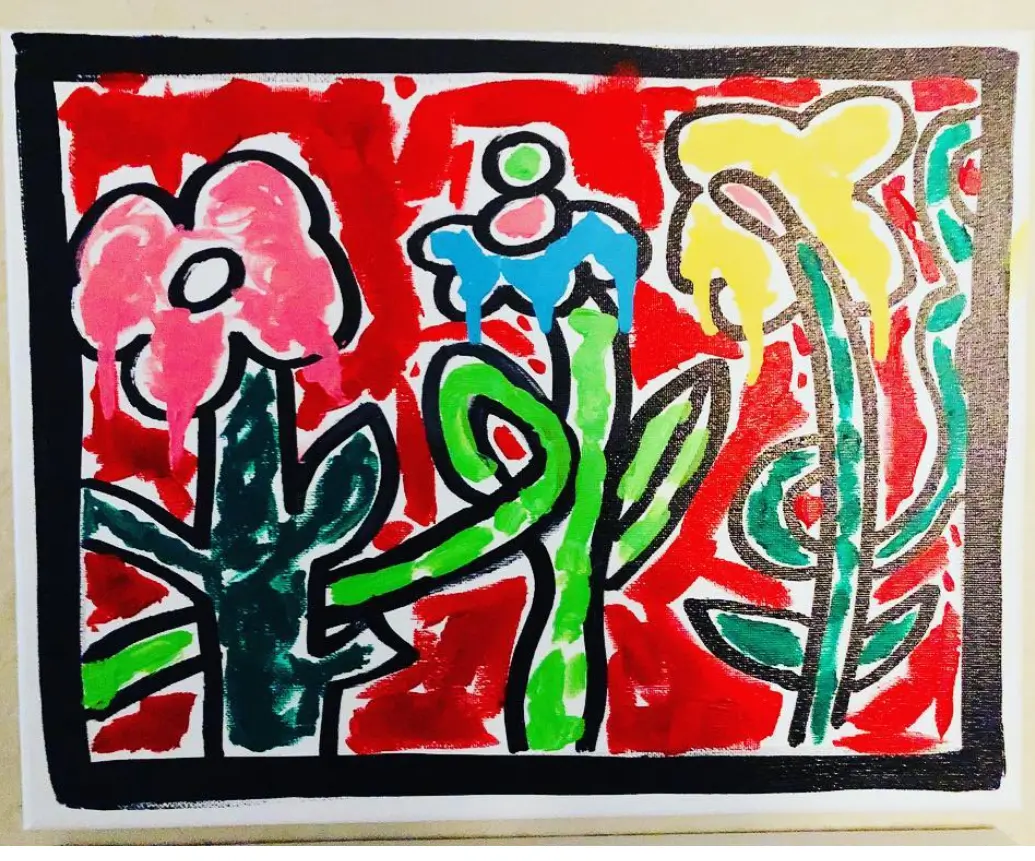Hey there, have you heard of Banksy? He’s a British artist who made it onto Time magazine’s list of the world’s 100 most influential people in 2010, alongside the likes of Barack Obama, Steve Jobs, and Lady Gaga. Banksy is a man of mystery – his fans love the fact that he remains anonymous, and they’ve protested attempts by Fleet Street to unmask him.
Banksy started out as a graffiti artist in Bristol in the 1990s, “bombing” walls around the city with his distinctive stencil approach. Over the years, he’s moved from spraying walls to painting on canvas, creating conceptual sculptures, and even making films. His documentary, Exit Through the Gift Shop, was even nominated for an Academy Award!
To protect his identity, Banksy has set up a tongue-in-cheek organization called Pest Control. He also advocates for a direct connection between artists and their fans, saying that the art world now belongs to the people, and all you need is a few ideas and a broadband connection to sell your art.
Banksy’s early work featured people, apes, and rats with a strange, primitive feel to them. One of my favorite pieces is a wall painting in the Pierced Up tattoo parlor in Bristol, depicting giant wasps with television sets strapped to their backs dive-bombing a vase of flowers.
As Banksy’s reputation grew, he began to retreat into anonymity, creating an invaluable buzz around his art. He staged his first London exhibition in 2001 in a tunnel near a pub, and in 2003, he mounted his breakthrough exhibition, “Turf War,” which featured a live heifer with a portrait of Andy Warhol on its hide, as well as a chimpanzee in the guise of Queen Elizabeth II.
Banksy’s rise to fame is not just a story of artistic genius, but also of social commentary and activism. He uses his art to highlight social and political issues, often through satirical and provocative imagery. One of his most famous works, “Girl with Balloon,” depicts a young girl reaching for a red heart-shaped balloon that is just out of her grasp. The image has become a symbol of hope and the fleeting nature of innocence, but Banksy added his signature twist by shredding the canvas at a Sotheby’s auction in 2018. The incident only added to his mystique and cemented his status as a rebel artist.
But Banksy’s activism extends beyond his art. In 2005, he launched the “Santa’s Ghetto” pop-up shop in Bethlehem, selling Palestinian art and providing a platform for local artists to showcase their work. The project aimed to draw attention to the Israeli-Palestinian conflict and the impact of the barrier wall on Palestinian communities. He also created a series of artworks in New Orleans after Hurricane Katrina, highlighting the neglect and government failures in responding to the disaster.
Banksy’s activism and social commentary have not gone unnoticed by the authorities. He has been arrested and detained multiple times, and his artworks have been vandalized or removed by authorities or rival graffiti artists. But he remains undeterred and continues to create thought-provoking works that challenge the status quo.
Despite his worldwide fame, Banksy remains anonymous, and his true identity remains a mystery. But he has become a cult figure and an inspiration to many, especially aspiring artists and activists. He has shown that art can be a powerful tool for social change and has paved the way for a new generation of artists to use their creativity to challenge injustice and oppression.
In recent years, Banksy has continued to push the boundaries of art and activism. In 2018, he unveiled a mural in New York City’s Bowery district that criticized the imprisonment of Zehra Dogan, a Kurdish artist and journalist who was jailed for her work. The mural, which featured a depiction of Dogan behind bars, was accompanied by a call for her release and drew widespread attention to her case.
More recently, Banksy has turned his attention to the COVID-19 pandemic, creating a series of pandemic-themed artworks. In May 2020, he revealed a new artwork in his bathroom that depicted rats wreaking havoc and causing chaos in his home. The image was a commentary on the chaos and panic that the pandemic had caused, and it resonated with many people who were struggling to come to terms with the new normal.
Banksy’s pandemic-themed artworks have continued to generate buzz and inspire conversation. In July 2020, he unveiled a new mural in his hometown of Bristol that depicted a woman sneezing, with her dentures flying out of her mouth. The image was a lighthearted take on the seriousness of the pandemic and showed Banksy’s ability to use humor to convey a message.
His impact on the art world and popular culture cannot be overstated. He has transcended the traditional boundaries of art and has become a cultural phenomenon in his own right. His ability to merge activism, satire, and art has inspired a new generation of artists to use their creativity to effect social change.
Banksy is not just an artist, but a visionary who has used his talents to create powerful works that challenge the status quo and inspire social change. He has shown that art can be a force for good, and his impact will continue to be felt for generations to come. Despite his anonymity, Banksy has become a cultural icon and an inspiration to many, and his legacy will continue to inspire future generations of artists and activists.
So, what do you think of Banksy? With his talent and penchant for anonymity, it’s no wonder he’s become such an influential figure in the art world. And as he continues to produce thought-provoking and boundary-pushing work, we can’t wait to see what he’ll do next!







